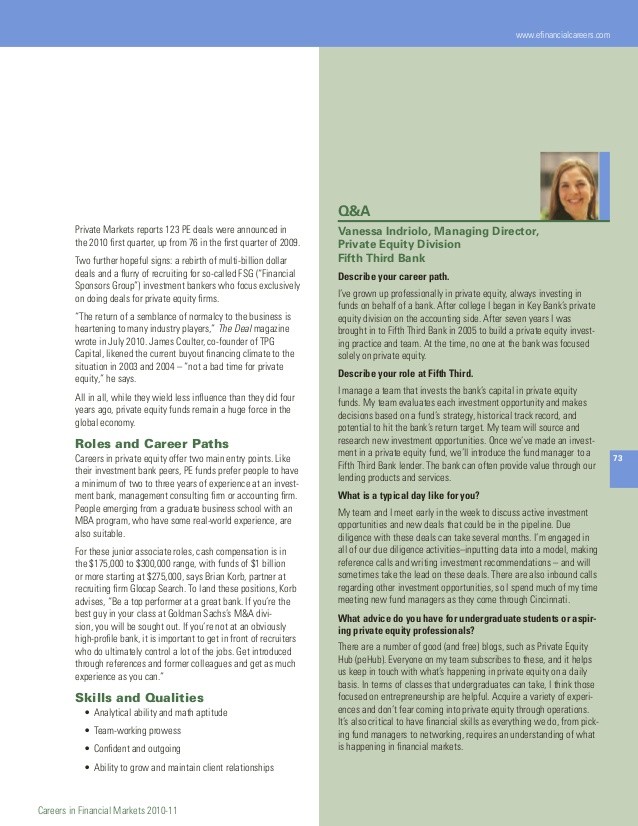Sponsored Q A BNP Paribas
Post on: 4 Июнь, 2015 No Comment

Volatility and anticipated quantitative easing have left commodity players struggling to make sense of the markets. Frederic Hervouet, head of commodity derivatives for Asia at BNP Paribas in Singapore, sheds light on what we can expect from Asian commodity markets
How has market volatility impacted Asian commodity markets?
Frederic Hervouet (FH): On the demand side, we have seen increased participation from non-physical market participants, such as hedge funds that do not take the physical delivery of the commodity and are trying to take advantage of uncertain commodity market conditions. These investors add to the volatility by trading in large volumes and betting on any direction. Currently, the 30-day volatility rate stands at about 40%, an increase of 25% compared to earlier this year.
Moreover, most commodities traded in Asia are still benchmarked to European or US indexes and the uncertainty, created after the credit downgrades, has impacted Asian markets significantly. One example was when oil fell more than US$12 and $13 in May and August, despite 55% year-on-year increases up to June 2010.
From where have you seen increased hedging activity in the current environment?
FH: We have seen a lot of activity from our corporate clients in the last six months. Producers of precious metals, in particular, are hedging more than consumers due to worries about further downside. For example, gold rallied sharply through July and August this year then retracted in September from $1,920 to about $1,600.
In terms of base metals, we see consumers more actively hedging their exposures. This is more so for car manufacturers as they try to lock in prices in expectation of rising prices.
The typical structures that we are offering mining and oil producers are zero-collar-type structures where we use the premium from the calls on the underlyings price to subsidise the cost of the puts. This is smarter than traditional hedging and it enables commodity producers to cheaply insure their cashflows.
New regulations require standardised over-the-counter (OTC) derivatives to be cleared by central counterparties (CCPs) by the end of 2012 and require end-users of these derivatives to post initial and variation margins with CCPs. How will these changes impact the Asian commodity landscape?
FH: I foresee only a minor impact on the Asian commodity markets because 6070% of energy markets in Asia are already cleared; while traders are already working on clearing the remaining OTC contracts on soft or agricultural commodities.
We are combining the commodity clearing business for swaps with our OTC derivatives activities, so we expect to be able to clear binary and digital options among other OTC structures in full compliance.
Concerning initial margins, if a corporate cannot afford the initial 510% margin, then we recommend the counterparty not to trade these hedges but seek other means of hedging through third-party financing or letters of credit.
We are also linking our trade finance capabilities with our hedging solutions to make sure corporate clients meet regulatory changes while managing their exposures. Thus, we welcome any regulatory changes, because they only create more transparency and reduce our compliance risk.
Are Asian commodity producers becoming savvier about hedging?
FH: We definitely see Asian commodity producers becoming more sophisticated about hedging their outputs through proxy trades or hedging multiple exposures via single hybrid structures.
Consumers, especially airlines, have become innovative in hedging their fuel prices, in a way similar to Western airlines. Jet fuel is less liquid than Brent over the long term and we see more Asian airlines hedging this exposure through contracts while rolling over their short-term exposures with a crack spread on Brent and jet fuel.
Commodities are increasingly featuring in hybrid structures and other financial products as a serious asset class. How has this impacted BNP Paribas business?
FH: Cyclicality in commodity markets and thematic growth in emerging markets have definitely increased demand for alternative asset classes. For this reason, we are promoting more diversified investments.
We offer a diversified investment on this asset class by using dynamic proprietary indexes. An example is Oscillator, a systematic, long-only active strategy that invests into the 19 commodities constituting the Dow Jones-UBS Commodity Index. It ensures a global allocation and is better than a passive strategy amid volatile markets.
We have had a positive response to volatility optimisation market-neutral products. A popular product called the BNP Paribas Market Neutral Target volatility promotes a more market-neutral strategy where we are long the Standard & Poors (S&P) dynamic roll indexes and short the S&P classic indexes, or basically play the curve. These strategies are perfect as an investment class or for risk management during volatile times.














